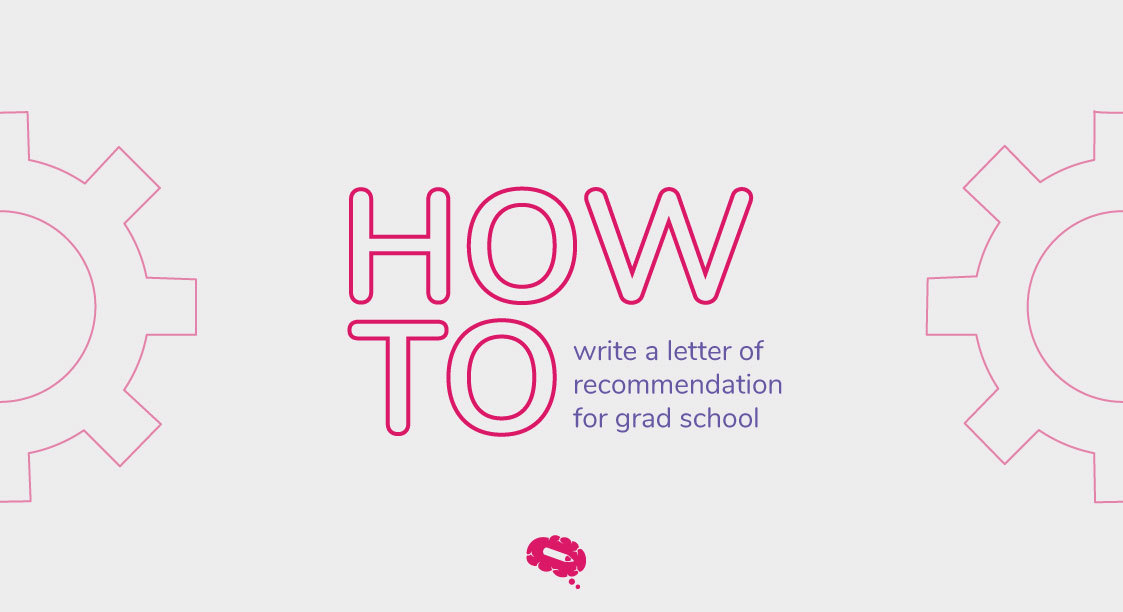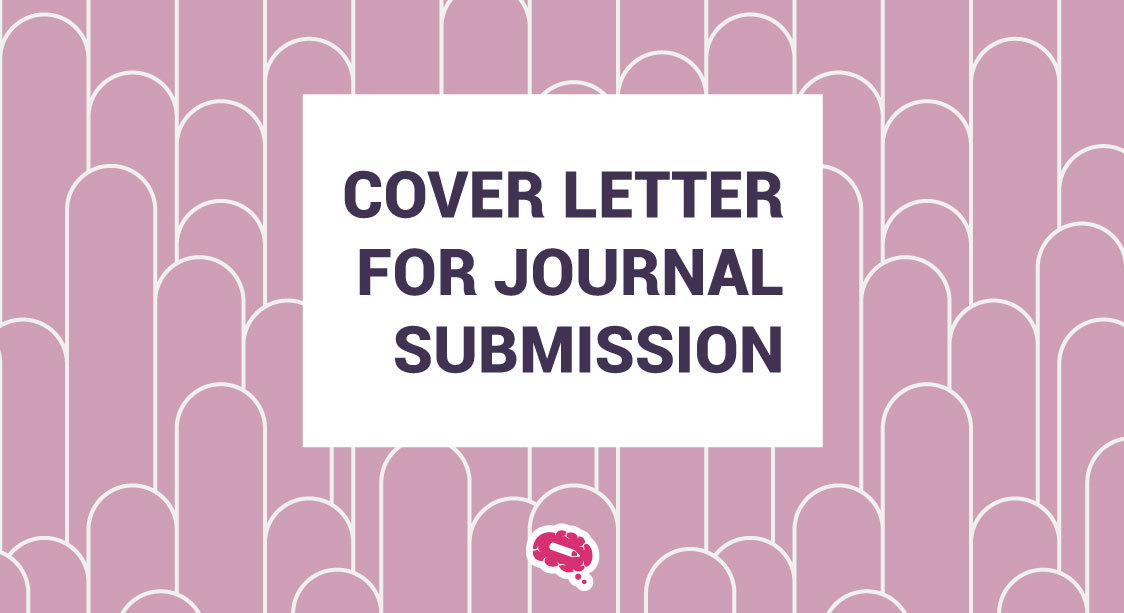Providing a recommendation letter for someone who wants to go to graduate school can be challenging, especially when it comes to helping them fulfill a dream. Providing insights into the applicant’s academic and personal abilities is a critical role of the recommender in the application process. Getting their recommendation right is vital to their chances of being admitted to their preferred program. Here are some tips and strategies to help you write a compelling recommendation letter for a grad school applicant. We’ll cover everything from understanding the purpose of the letter to structuring it effectively and highlighting the applicant’s strengths.
This guide will address the question: “How to write a letter of recommendation for grad school?” and give professors, employers, and mentors the tools they need to create recommendations that stand out. The key elements of an effective recommendation letter will be discussed, including how to highlight the applicant’s accomplishments, personal qualities, and potential for success in graduate school. Furthermore, we will show you examples of effective recommendation letters and explain why they are so powerful. With this blog post, you’ll learn how to write a recommendation letter that helps your student, colleague, or mentee stand out from the crowd and get accepted. Let’s dive right in!
Understanding the Basics: What is a Letter of Recommendation for grad school?
Typically, a letter of recommendation (LOR) is written by someone with professional, academic, or personal knowledge of an individual and who is willing to endorse them. Grad school admissions often use letters of recommendation to assess a student’s success potential.
As part of the LOR, information is typically provided about the applicant’s academic and personal accomplishments, skills, qualities, and character traits, as well as their work experience, research, and community involvement. As a means of showcasing an applicant’s strengths and potential for success in a graduate program, recommendations should be as detailed and specific as possible.
Academic and professional are the two most common types of LORs used for graduate school applications. The letter of recommendation is written by a professor, instructor, or advisor who has had extensive contact with the applicant in an academic setting. An applicant’s supervisor, employer, or colleague can also write a professional LOR, speaking to his or her skills and experience.
Grad school applicants’ chances of admission are significantly impacted by LORs, which are essential components of the application process. A letter of recommendation is crucial for applicants as well as for recommenders, both of whom should understand what it is, who should write it, and what information should be included.
The Right Way to Ask for a Letter of Recommendation
Letters of recommendation can be nerve-racking, but they are a necessity in many applications, especially for graduate schools. When asking for a recommendation, it’s important to make sure your skills and accomplishments are highlighted.
Choose the right recommender
To begin with, choose the right person to ask for a recommendation letter. It is ideal to have someone who knows you well, has a positive opinion of you, and who is able to speak to your strengths and abilities. It is a good idea to give your recommender at least two to three weeks before the deadline to write the letter.
Keep it professional
It is important to be polite and professional when crafting your request. Include any relevant details or forms related to your application and why you need a letter of recommendation. Furthermore, it is a good idea to offer to meet with your recommender and give him/her materials that will assist them in writing a stronger letter.
Express your gratitude
As a final note, express your gratitude and appreciation towards your recommender. Thanking your recommender after you submit the letter can go a long way towards maintaining a professional relationship.
Essential Elements of a Well-Formatted LOR
In order to be accepted into a graduate program or to land a job, a well-formatted letter of recommendation is essential. The elements that will make your LOR effective and professional need to be taken into consideration when formatting it.
In the introduction of your letter of recommendation, you should clearly indicate your relationship with the applicant and the purpose of the letter. You might want to include the length of time you have known the applicant, the capacity in which they served and your overall impression of their abilities.
Additionally, your LOR should include concrete examples of the applicant’s accomplishments and skills. In your application, make sure to highlight their strengths and accomplishments relevant to the position or program you are applying for. Your letter will be more credible and comprehensive if you include concrete examples.
Third, keep the tone and language of your LOR professional throughout. Utilize respectful language and acknowledge the applicant’s achievements and potential without using too much casual language or colloquialisms. It is important that you provide an honest assessment of the applicant’s abilities and qualifications in your LOR while being positive and supportive.
A good LOR should be formatted for readability. For easy reading and understanding, use clear and concise paragraphs and bullet points to break up your texts. Using Times New Roman or Arial as the font, and making the font size easy to read (12 points, for example), is a good idea.
Last but not least, close your LOR with a clear statement of recommendation and your contact information. The recipient can contact you via email or phone if they have any questions or would like to follow up.
To summarize, well-formatted LORs should include a clear introduction, examples of applicant skills and accomplishments, a professional tone and language, readable formatting, and a clear statement of recommendation. These essential elements can help you create a LOR that supports your applicant’s goals.
Here’s an example of a letter of recommendation
[Your Name]
Your Position and Affiliation
City, State Zip Code
Email Address
Date
Dear [Recipient Name],
I am writing to highly recommend [Applicant Name] for [Graduate Program Title]. I have known [Applicant Name] for [X years/months] in my capacity as [Your Position and Affiliation], and have had the pleasure of witnessing their remarkable growth and achievements in [Area of].
[Paragraph 1: Introduction]
In this paragraph, introduce yourself, your relationship to the applicant, and the purpose of your letter. You can mention how you met the applicant, your impression of their skills and abilities, and your overall recommendation for their acceptance into the program or job.
[Paragraph 2: Skills and Accomplishments]
In this paragraph, highlight the specific skills, experiences, and accomplishments of the applicant. You can mention their academic achievements, research projects, relevant work experience, leadership skills, and any other strengths that are relevant to the position or program they are applying for. Be sure to include specific examples to support your claims.
[Paragraph 3: Personal Qualities and Potential]
In this paragraph, discuss the applicant’s personal qualities, such as their work ethic, integrity, and interpersonal skills. You can also mention their potential for growth and success in the program or job, based on your experience working with them.
[Paragraph 4: Conclusion and Recommendation]
In this paragraph, reiterate your recommendation for the applicant and summarize the key points of your letter. You can also include your contact information and offer to provide additional information or answer any questions the recipient may have.
Thank you for considering [Applicant Name] for [Graduate Program/Job Title]. I have no doubt that they will make a valuable contribution to your program/job and continue to excel in their academic and professional pursuits.
Sincerely,
(Your Name)
Contact information
10 tips to remember how to write a letter of recommendation for grad school
The following are a few tips you might want to keep in mind when writing a letter of recommendation (LOR):
- Remember to keep your tone and language professional, while being honest and sincere in your recommendation.
- Be sure to highlight the applicant’s relevant strengths and accomplishments in their application.
- To support your claims, provide specific examples and details.
- Maintain a professional tone and language throughout the letter.
- Use standard fonts and sizes, headers, and bullet points to format the LOR clearly and readable.
- Give your contact information and a statement of recommendation at the end of your letter.
- Make sure your LOR is accurate and error-free by proofreading it carefully.
- If applicable, follow any recommendations or guidelines provided by the recipient or program.
- You might want to provide a copy of your LOR to the applicant for their own records.
- Ensure that your LOR is submitted on time and through the correct process, as specified by the recipient or program.
Improve your paper’s visibility and impact through quality visual communication!
You can significantly increase your academic papers’ visibility and impact by using quality visual communication. Visual aids like charts, diagrams, and infographics can engage readers and simplify complex information, ultimately leading to a greater impact and influence. Let Mind the Graph help you communicate your science more efficiently. We have an illustration gallery you won’t want to miss!


Subscribe to our newsletter
Exclusive high quality content about effective visual
communication in science.





